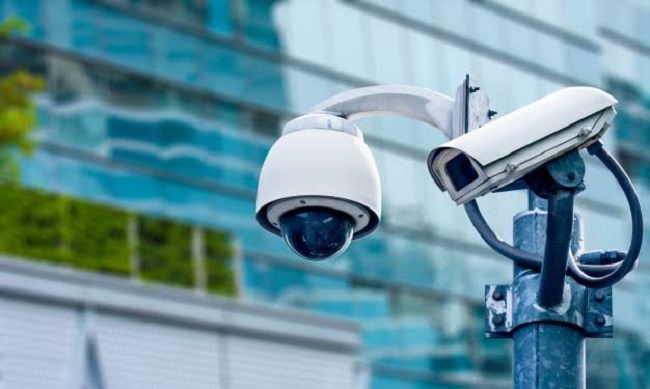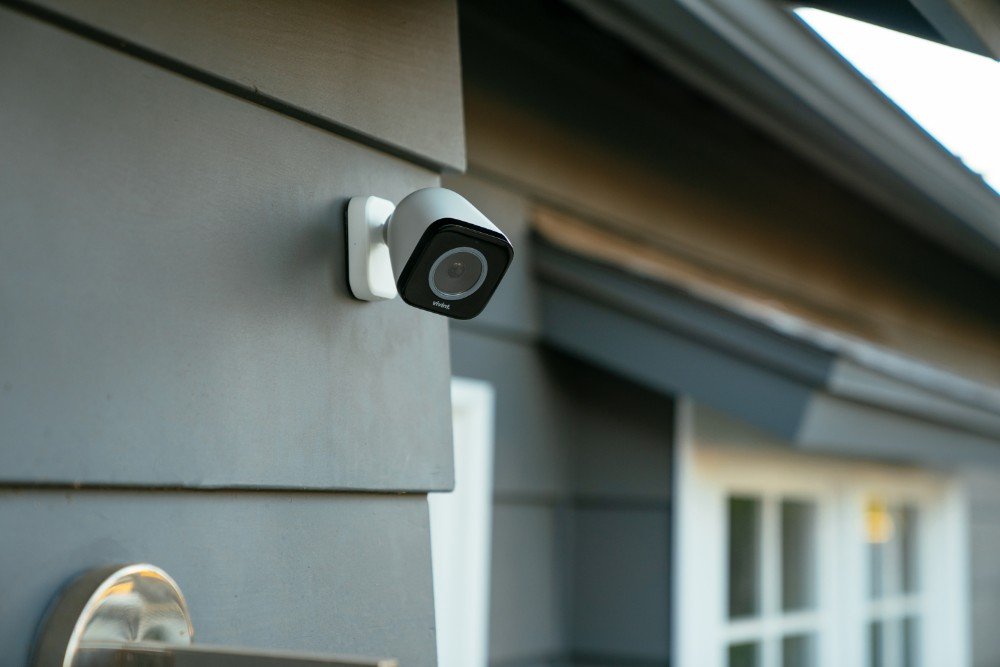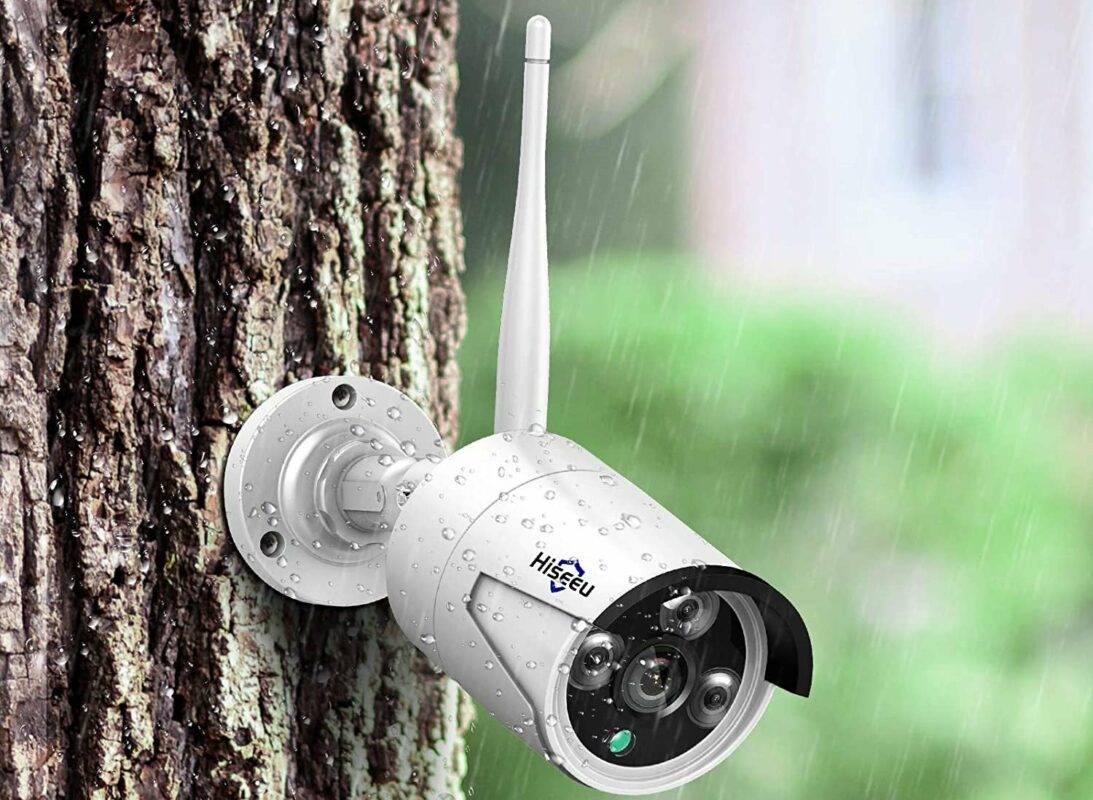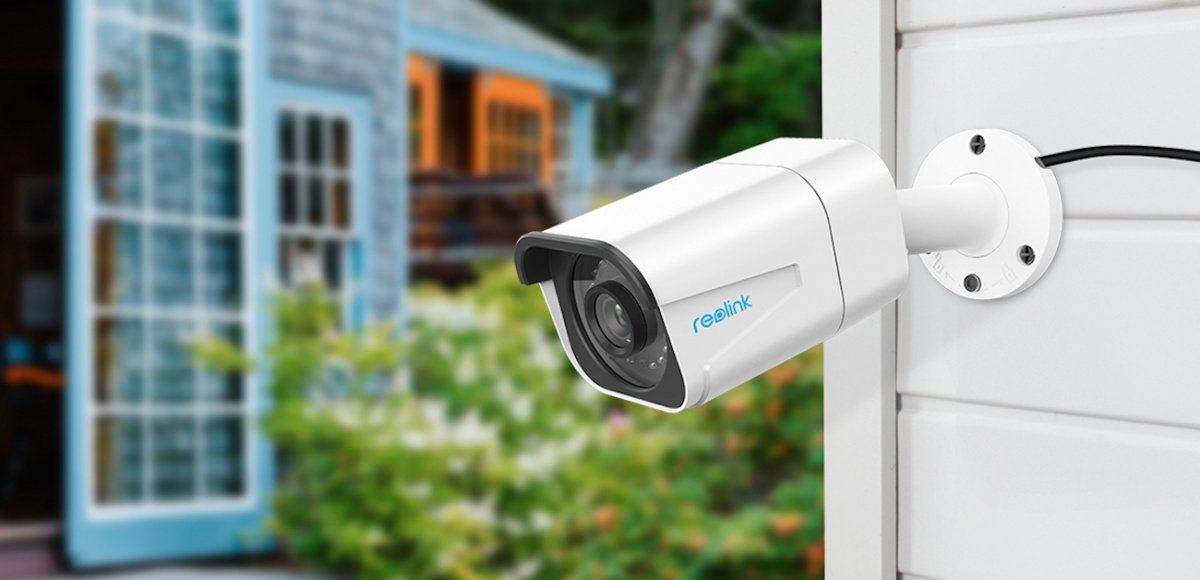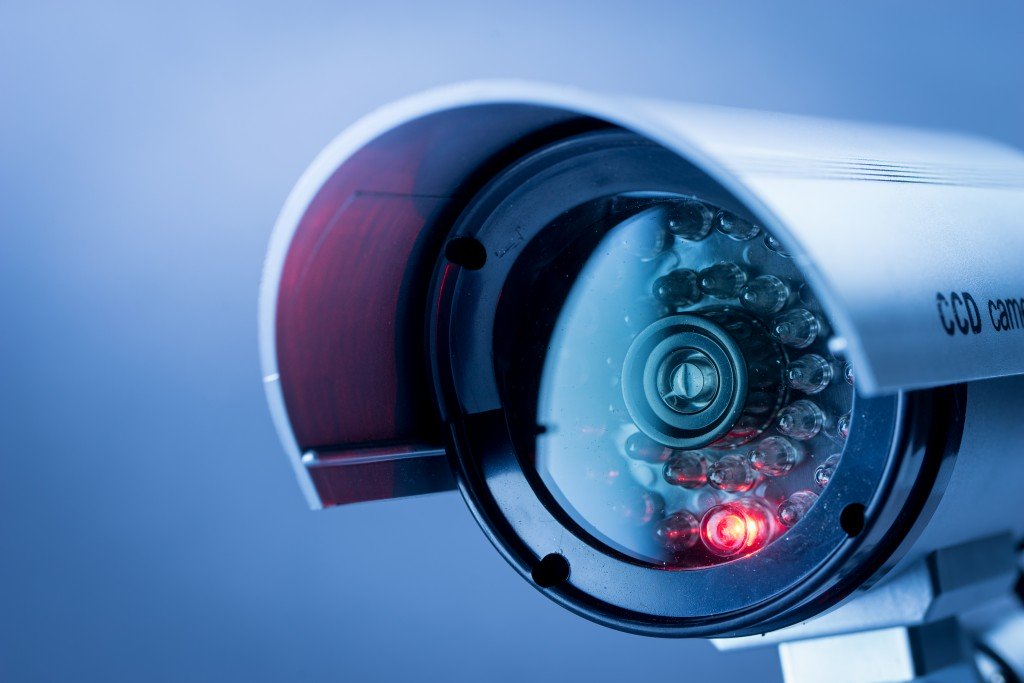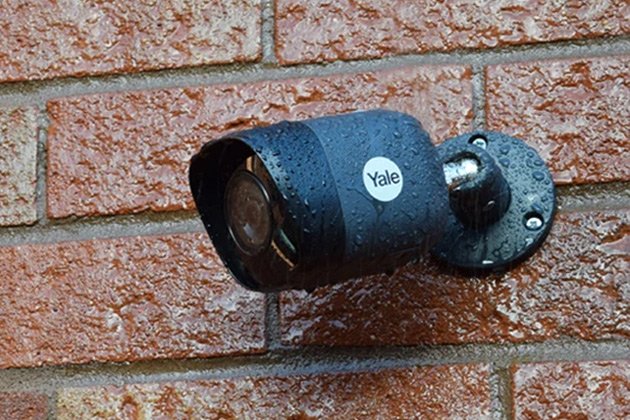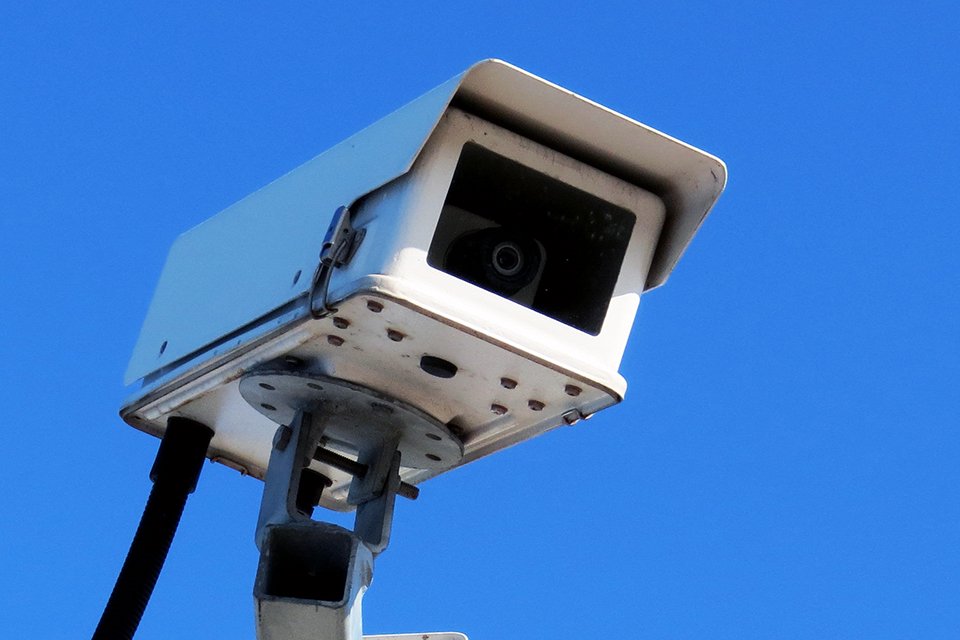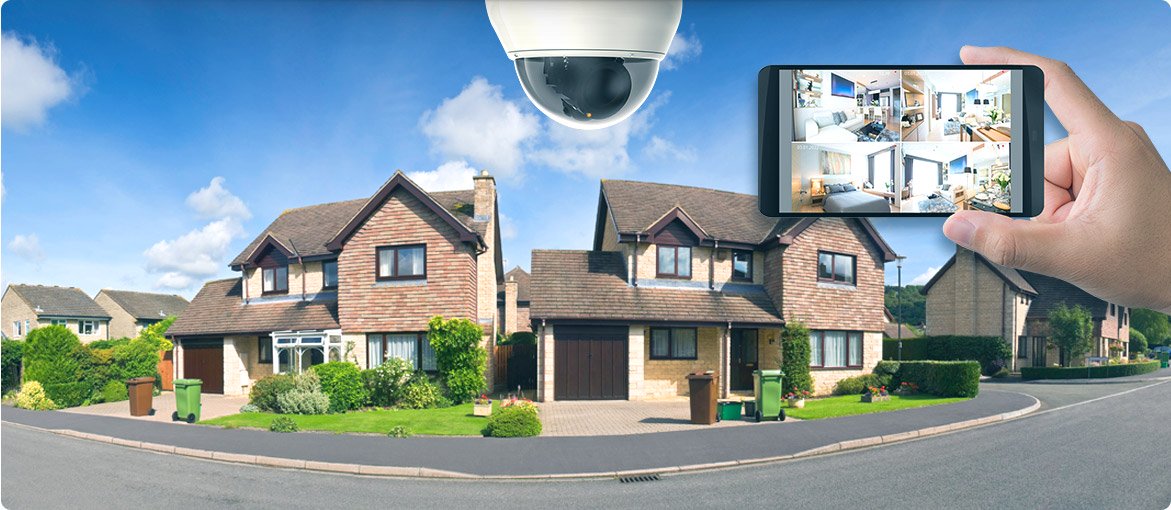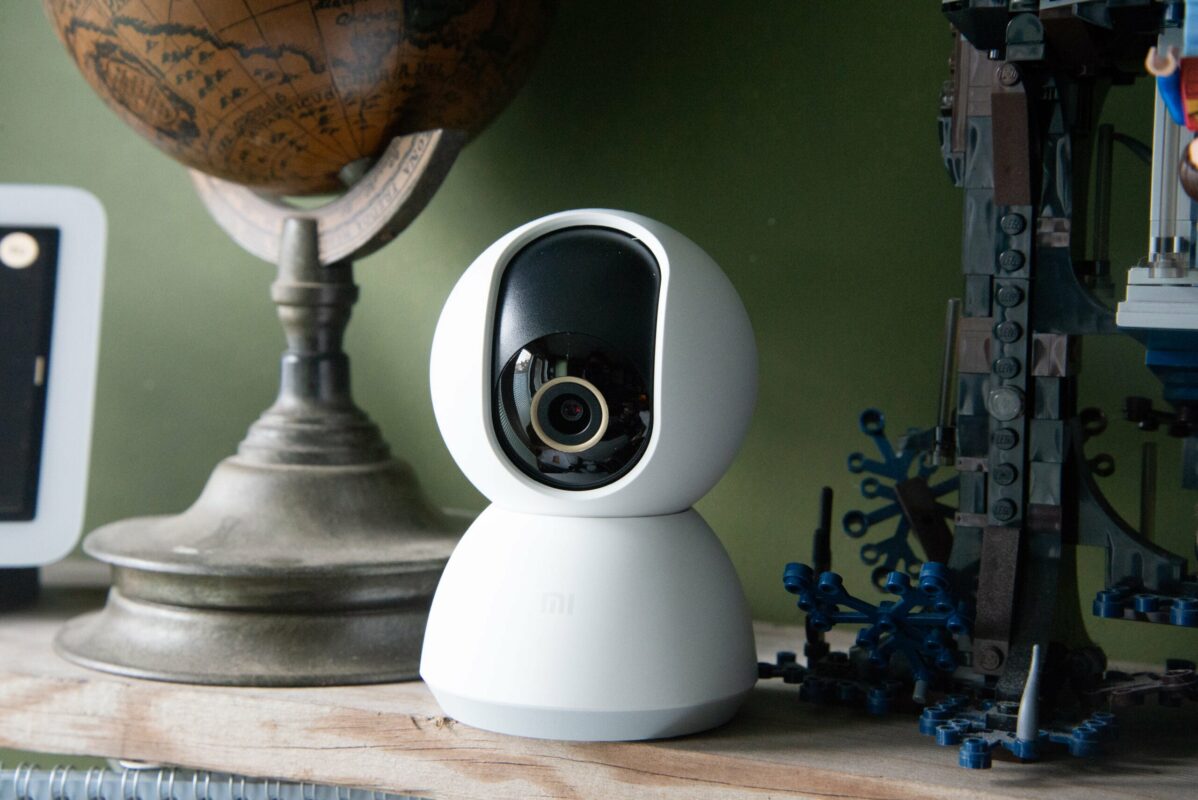Why choose an IP surveillance camera?
A surveillance camera is used to secure a home or a professional building. This protection system has several functions. It provides remote control inside or outside a place and serves as a deterrent to prevent damage and theft. When buying an IP camera, you can choose from different models: WiFi IP cameras, wired models, and outdoor IP cameras. Let’s discover through our guide the main advantages of an IP surveillance camera.
What is an IP Surveillance Camera?
Also called a network camera, the IP camera is a security system using the Internet Protocol to transmit videos from a Fast Ethernet link. There are 2 models of IP cameras linked to a DVR or NVR to design a video surveillance system. Thanks to this system, owners and business managers will be able to monitor their assets from any medium with an Internet connection.
Nowadays, surveillance cameras are becoming more democratized. We discover on the market, different categories of security cameras accessible to individuals. To protect your property, you can choose from several models of outdoor and indoor surveillance cameras.
Main advantages of an IP surveillance camera
The use of an IP surveillance camera can be done by choosing automatic triggering by the alarm. You can also activate the video recording permanently. Thanks to video surveillance using an IP camera, the user is able to control the system remotely. Digital surveillance cameras regularly benefit from new features.
These options are available through program updates. Another advantage, the installation of a digital video surveillance system is more economical than the use of analog cameras.
How an IP surveillance camera works
To use an IP surveillance camera, the device must be fixed in a strategic place in the house. Once properly configured, the connected device streams the images over the Internet. The images filmed by the IP camera can be viewed from any connected computer, smartphone or tablet. Access to images requires a secure interface. The operation of the surveillance system must be relayed at all times to a wired or WiFi network.
To broadcast the images, it must be connected to an Internet box, a switch, or a router. Those who want sharp images should invest in a broadband connection. It is possible to keep the images so that they can be used as evidence in the event of a burglary. By sharing the video with the police, law enforcement can analyze it to try to identify the criminals.

